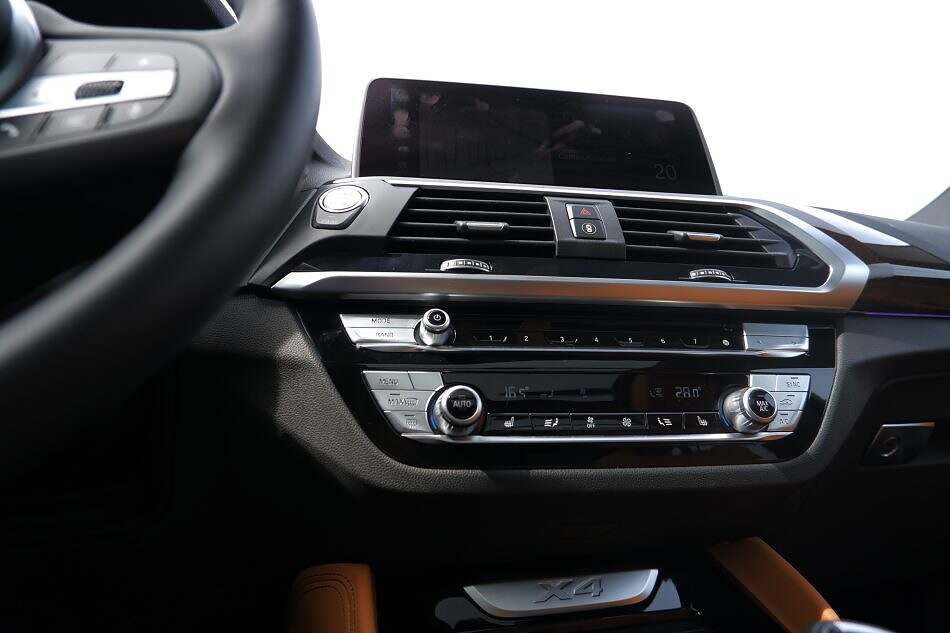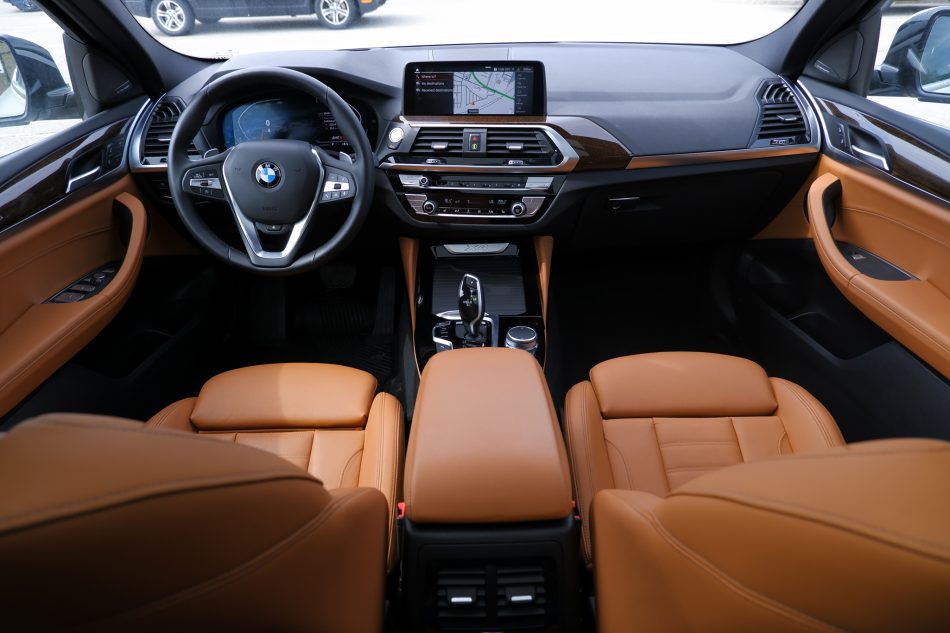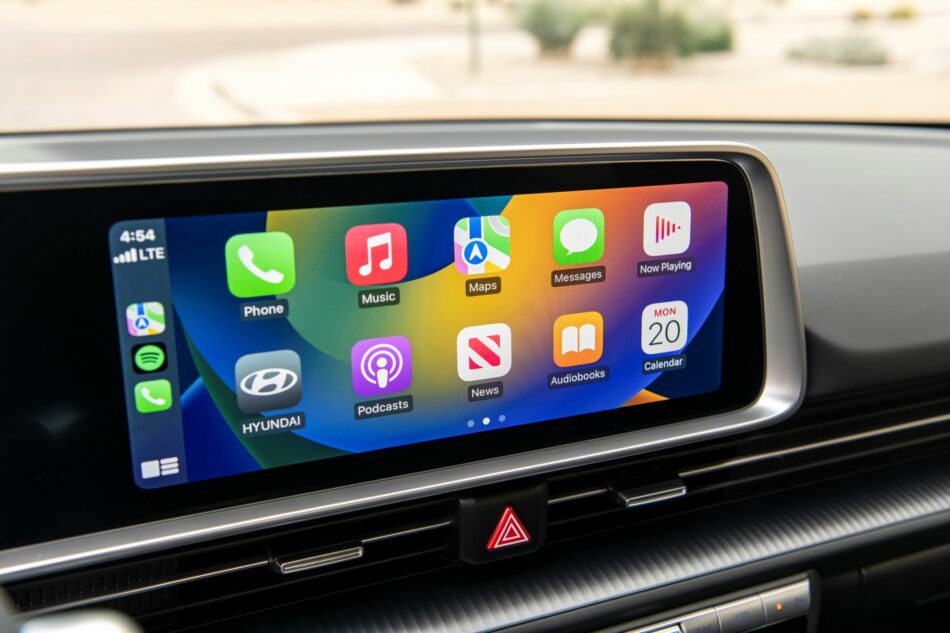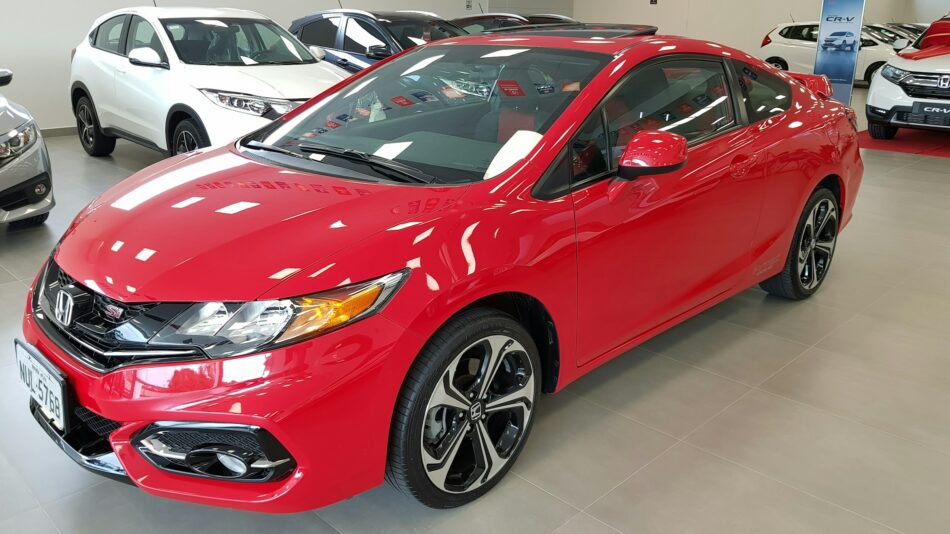In an age where most things have a digital counterpart, one might expect manual buttons in cars to be as obsolete as the cassette player. Why do manual buttons continue to persist even as touchscreens promise a unified, minimalist design?
Tactile Feedback: keeping buttons relevant
One of the most prominent advantages of manual buttons is tactile feedback. Drivers can operate buttons without taking their eyes off the road, relying on touch to guide their actions. This kind of muscle memory is much harder to develop with a touchscreen, which requires visual attention to accurately hit the target.
The quick tap or flick of a button allows the driver to maintain a higher level of situational awareness, crucial for safe driving.
Reliability in Extreme Conditions

Manual buttons are far more resilient to extreme temperatures than touchscreens. The sensitivity of touchscreens can be significantly affected by cold or hot conditions, which can be an issue for drivers who live in such climates.
Physical buttons don’t suffer from these limitations, offering reliable operation under a wide range of environmental conditions.
Learning Curve
While touchscreens often offer a visually appealing, customizable interface, their operation can sometimes be less intuitive than manual controls. The learning curve associated with mastering a complex touchscreen interface may deter certain users. In contrast, the simplicity and familiarity of buttons make them accessible to drivers of all ages, including those who may not be as tech-savvy.
Multi-Modal Control
The decision to include both touchscreens and manual buttons can also be seen as an attempt to cater to a diverse user base. While younger drivers may be more inclined to use a touchscreen for most functions, older drivers might prefer the tried-and-true nature of physical buttons.
By offering both, manufacturers like Cadillac are widening their appeal, making their vehicles more accessible to a broader audience.
Aesthetic and Functional Harmony
Lastly, manual buttons can also serve an aesthetic purpose, adding a tactile richness to the interior that complements the sleekness of a touchscreen. Brands like Cadillac pay meticulous attention to the tactile sensations their interiors offer. The tactile click of a high-quality button can evoke a sense of solidity and craftsmanship that a touchscreen simply can’t replicate.
In conclusion
The persistence of manual buttons in modern car dashes, even those as technologically advanced as the 2025 Cadillac Escalade, is not a sign of technological regression but rather an example of thoughtful design. By offering a blend of tactile and digital controls, manufacturers provide drivers with a richer, more flexible interaction experience that prioritizes both form and function. As we continue to speed into an increasingly digital future, the humble manual button stands its ground, reminding us that sometimes, the simplest solutions are still the best.



